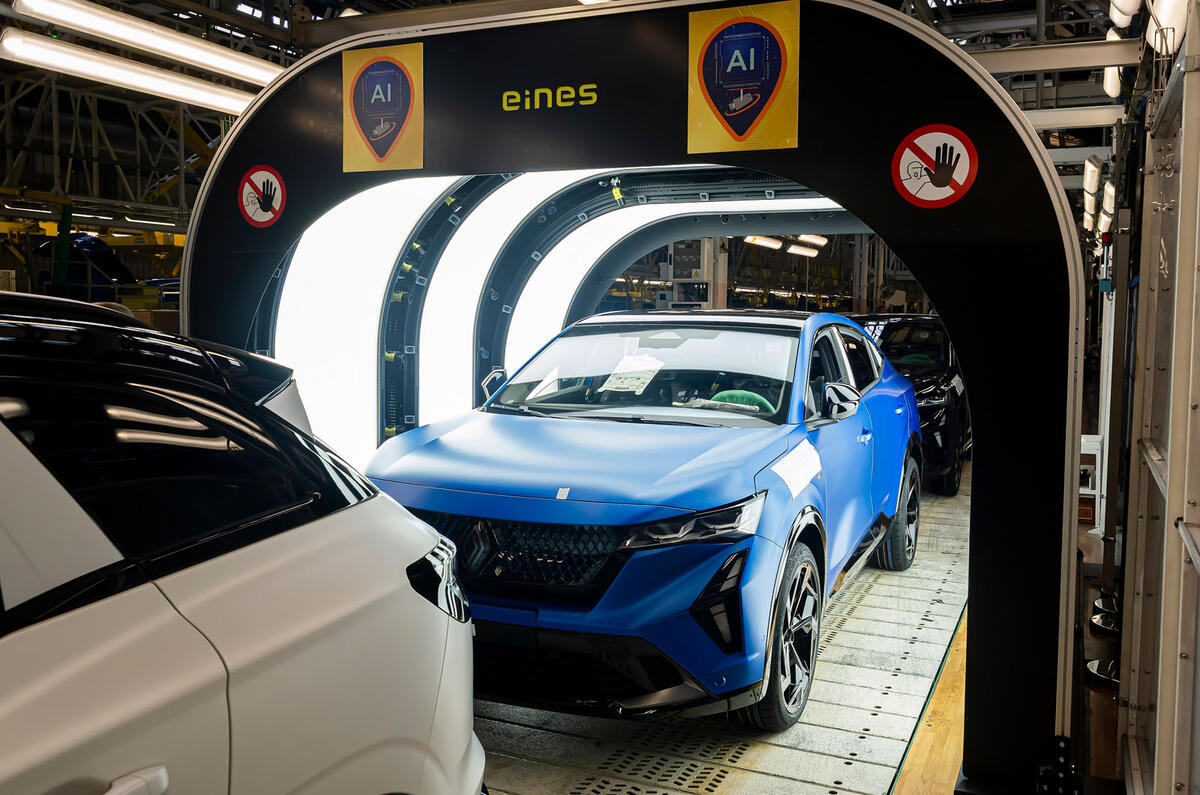Toyota has long been held up as the production benchmark in the automotive industry, but Renault now reckons that its digital approach has overtaken the famous Toyota Production System (TPS) that all car makers have adopted in order to make cars quicker, cheaper and more reliably.
“The industry is based on TPS,” said Thierry Charvet, Renault’s chief industry and qualify officer, during a recent demonstration. “But it’s based on very steady production. Our world is anything but steady today and we need to be much more agile.”




Add your comment